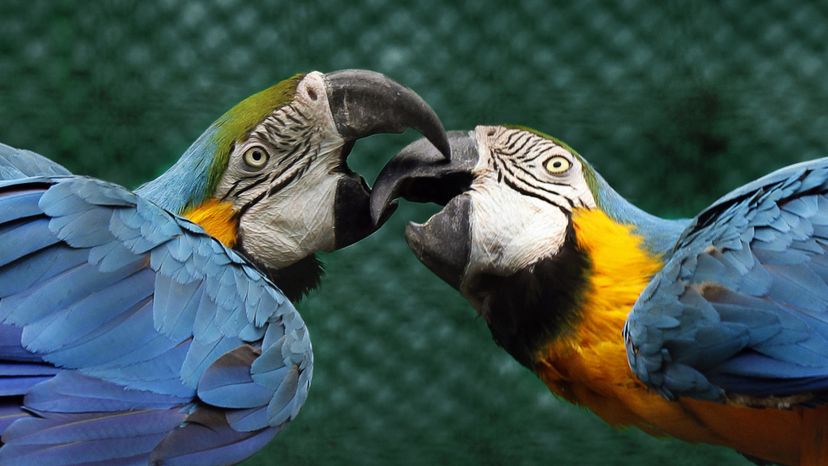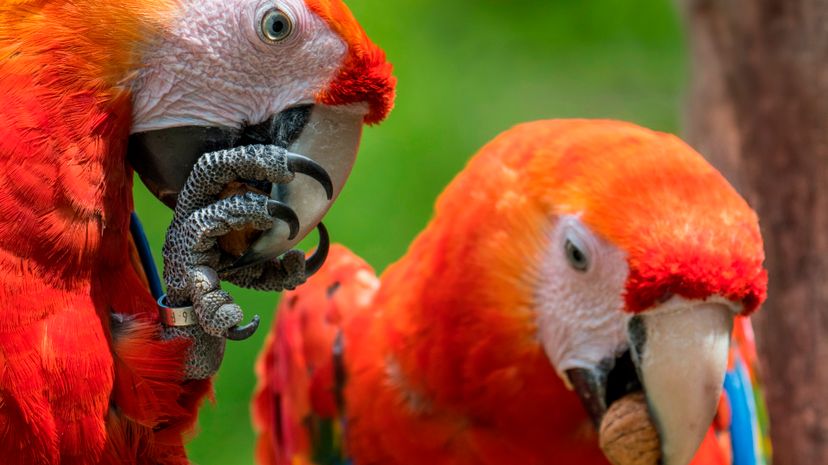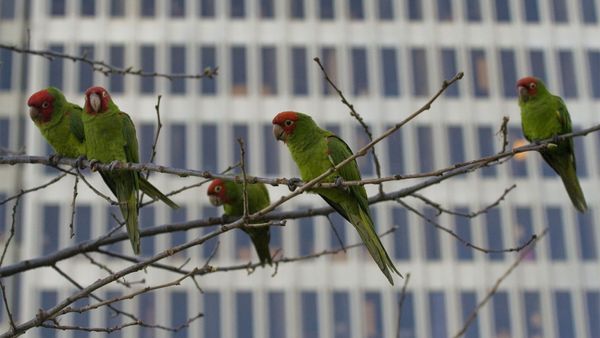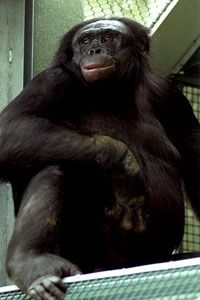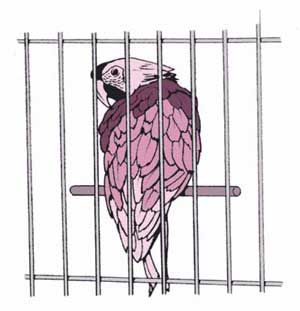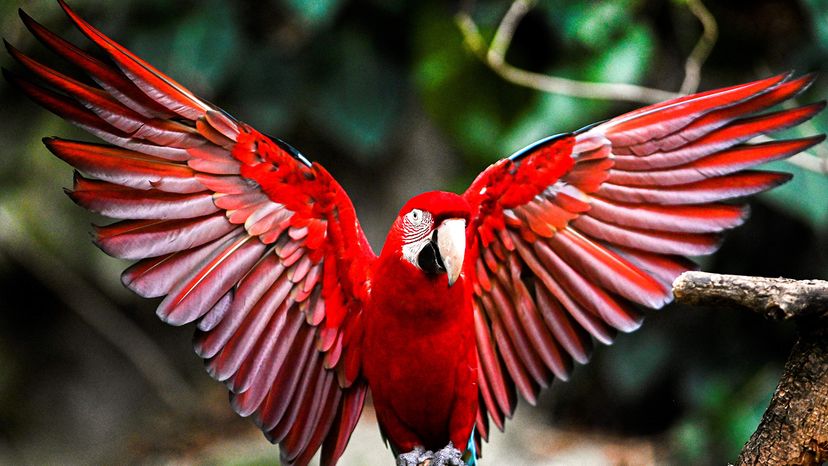
Macaws are giants among birds, reaching up to 4 feet (1.2 meters) from beak to tail. These spectacularly colorful members of the parrot family, made up of 17 distinct species, are from the rainforest regions of Central and South America. They're intelligent, curious and talkative companions that have been domesticated for centuries.
"Macaws can make wonderful pets in the right household," says Gregory Rich, D.V.M., an avian and exotic pet veterinarian who has a 24-year-old blue and gold macaw, in an email interview. "Like many other pet birds, macaws are playful and seem to enjoy being trained to perform tricks like waving hello or using a skateboard." Here are six cool facts about macaws.
Advertisement
